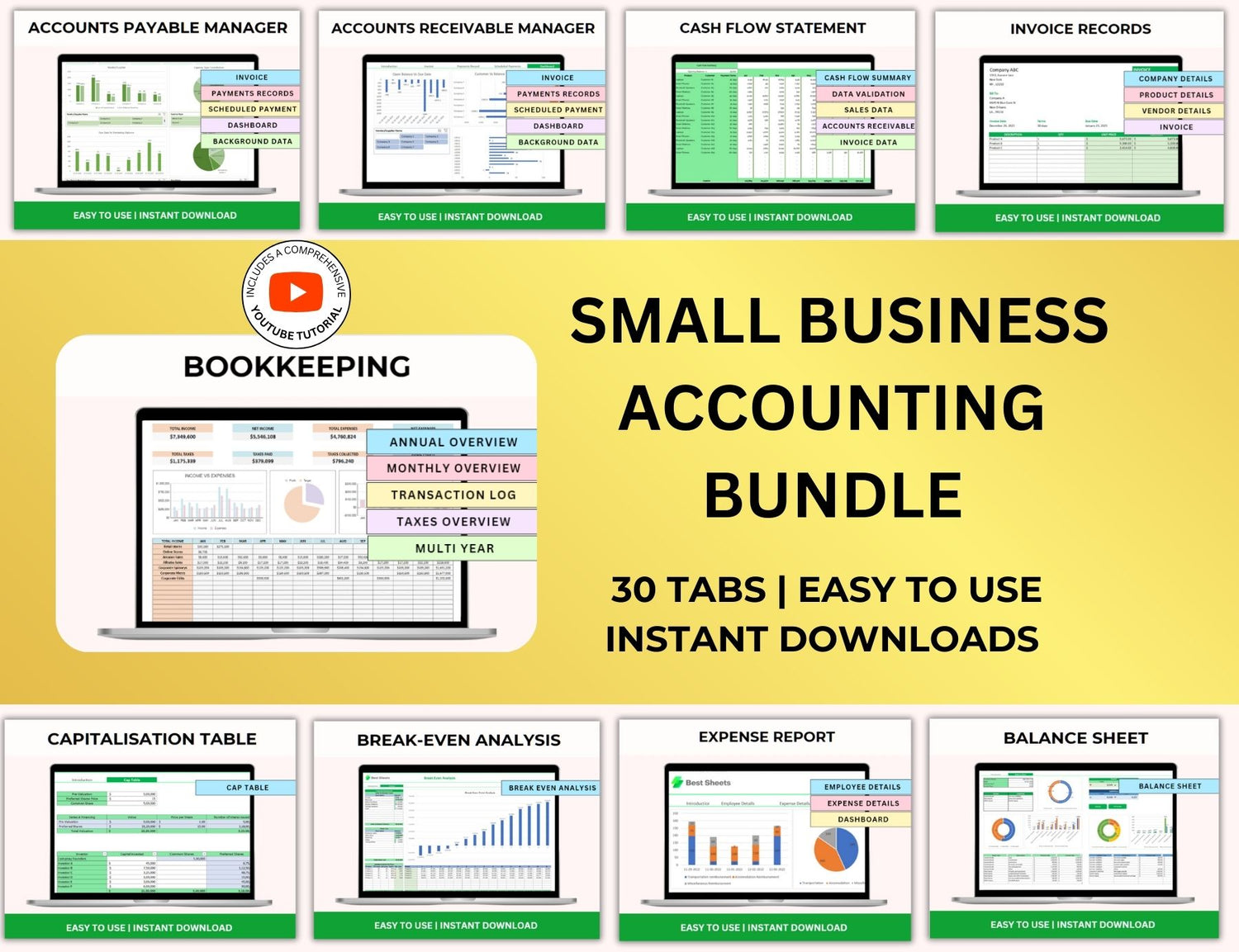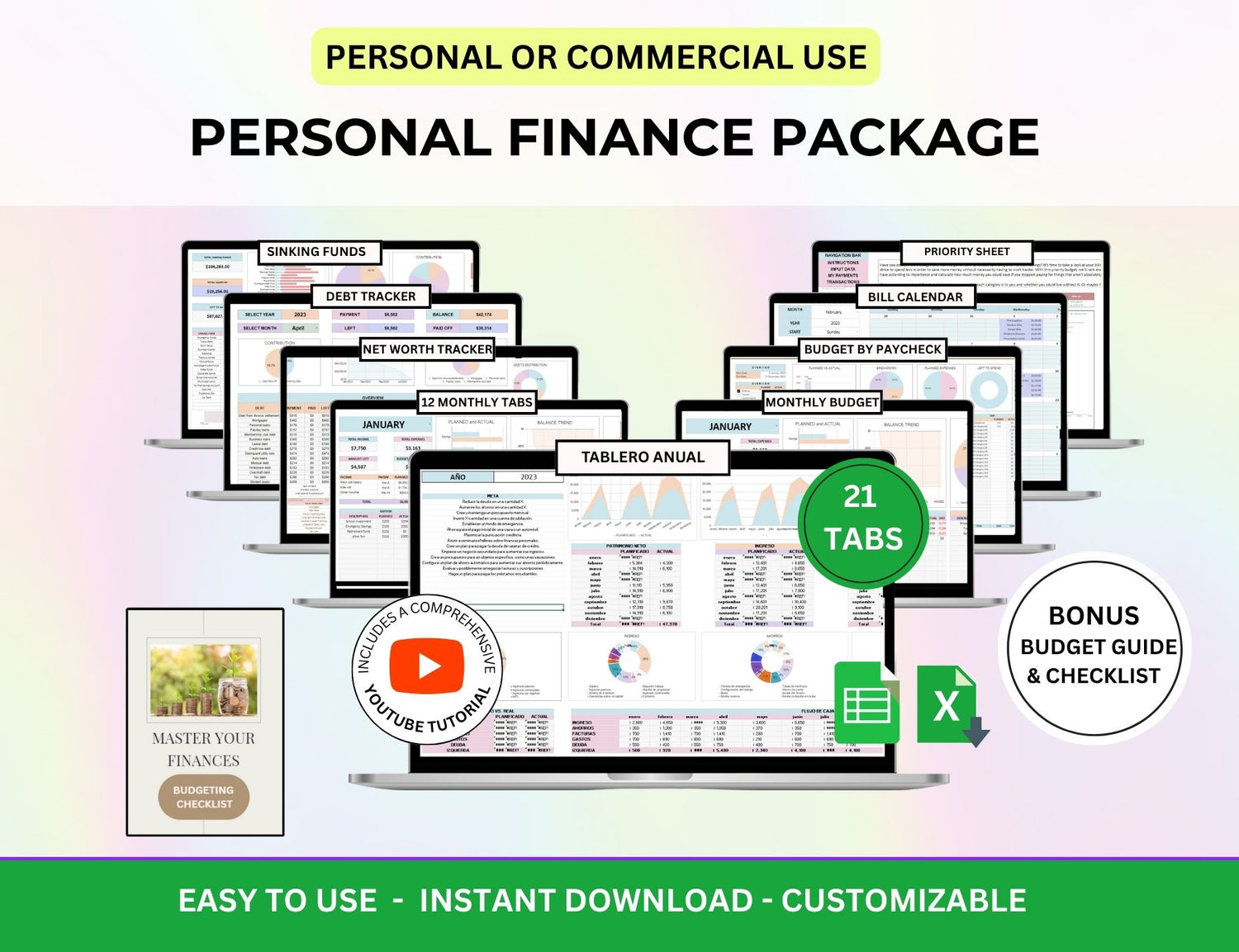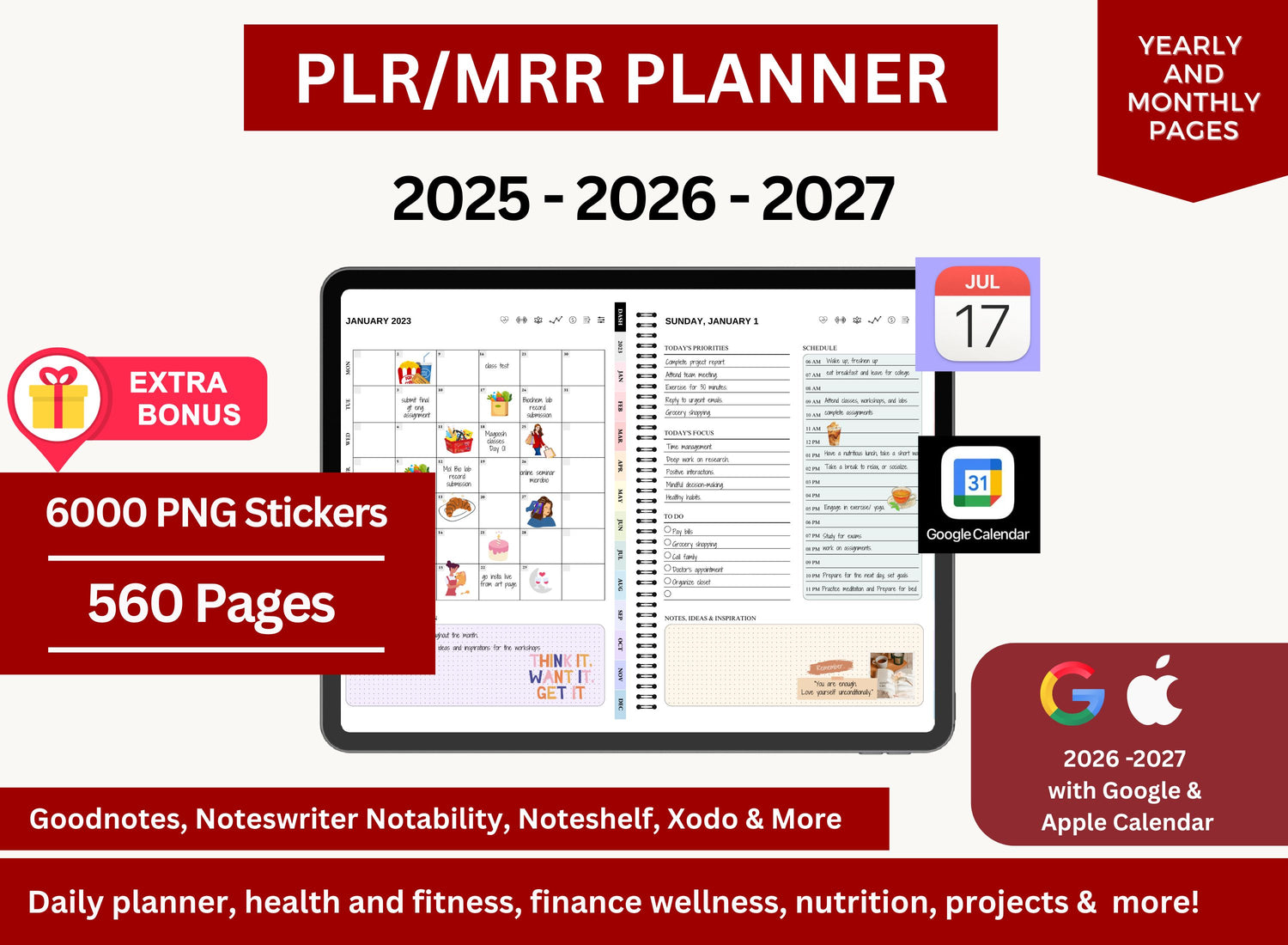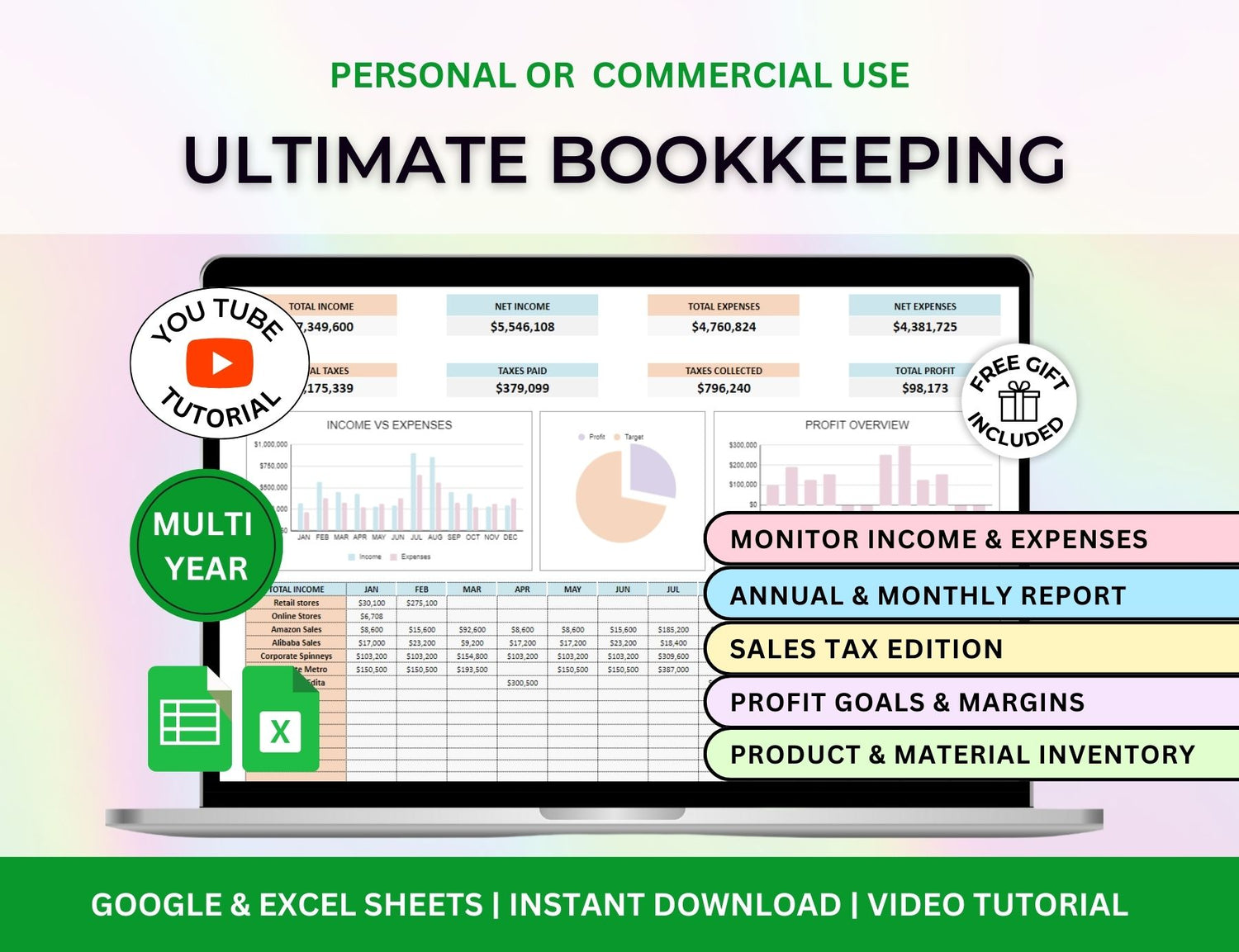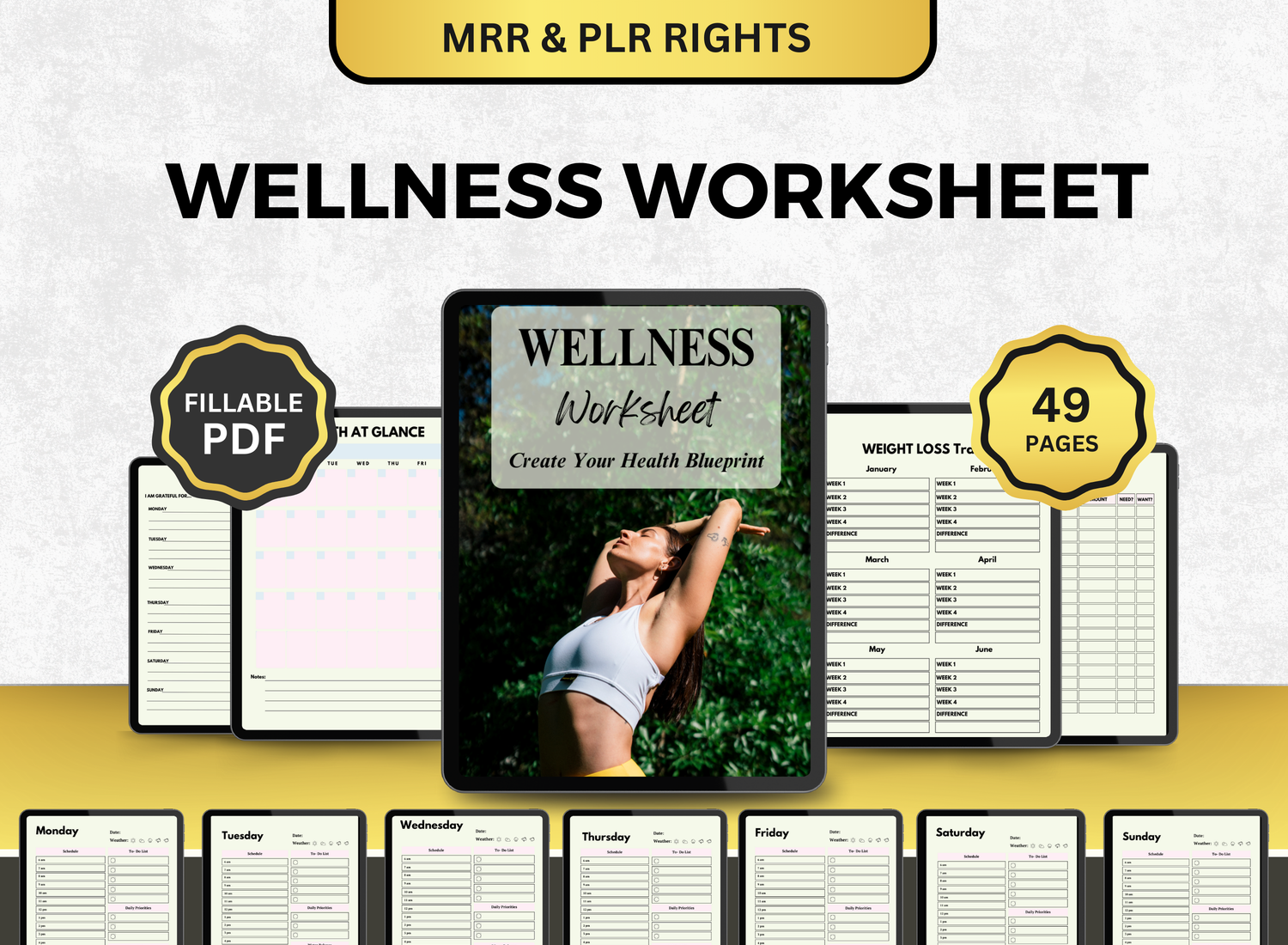Top 7 Project Risks You’re Probably Overlooking
Let’s be honest—most of us think we’ve got a pretty good handle on project risks. Budget? Check. Timeline? Yep. Scope creep? That’s basically a running joke in every project meeting. But here’s the thing: it’s not always the obvious ones that knock a project off track. Sometimes, it’s the quieter, sneakier risks that do the most damage—because we didn’t even see them coming.
So in this post, we’re diving into the other project risks. The ones that fly under the radar. The ones that don’t make the pretty risk register spreadsheet… until they’ve already started causing chaos. Whether you're knee-deep in a complex rollout or you're just trying to keep a small team aligned on a six-week deliverable, these overlooked risks can hit hard.
And no, this isn’t a scare tactic. Just a realistic look at how unpredictable things can get—and how you can prepare for it with a little more nuance. (Hint: a well-structured project management template Excel can help more than you think.)
Let’s get into it.
TL;DR
| Risk | Why It Matters |
|---|---|
| 1. Assumed Stakeholder Alignment | Just because everyone says they agree doesn’t mean they actually do. |
| 2. Outdated Project Plans | That timeline from week 1? It’s probably wrong by week 3. Regularly update your project plan template Excel or Gantt chart Excel. |
| 3. Vague Role Assignments | “We thought they were handling that.” Famous last words. |
| 4. Communication Fatigue | Daily check-ins can turn into white noise—and key info gets missed. |
| 5. Hidden Resource Constraints | The people you’re counting on? They’re also on three other projects. |
| 6. Misjudged Dependencies | One missed task can snowball into a full delay—and no one saw it coming. Layer in dependencies using a solid Gantt chart template. |
| 7. Unmanaged Scope Creep | “Can we just add one more thing?” Spoiler: It’s never just one. |
1. Communication Delays That Aren’t Miscommunication
Everyone talks about the dangers of miscommunication, but let’s look at something slightly different: what happens when people understand each other perfectly… but don’t say it out loud until it's too late?
It’s surprisingly common. A team member spots a small issue but assumes someone else is already on it. Or maybe they think it’s too minor to bring up. A vendor holds off on delivering a status update because they’re “almost done anyway.” A stakeholder waits for the right meeting to share critical feedback.
Technically, no one’s miscommunicating. But the delay in communication? That’s the real risk.
By the time the update reaches the right person, the issue’s already snowballed.
You can build a strong buffer against this with routine check-ins. Not just the “anything on your radar?” kind. Real structure helps—try using a project tracker Excel template to prompt updates in a tangible way, especially when dependencies are involved. It’s harder to ignore a row labeled “Dependencies at Risk” than a vague calendar invite.
2. Unspoken Stakeholder Assumptions
This one's tricky because it feels invisible… until it isn’t.
Stakeholders almost always have expectations they don’t spell out. Maybe it’s because they assume it’s obvious, or they’ve just always done it that way, or—let’s be real—they didn’t actually realize it was an assumption until they saw the project going in a different direction.
Here’s a simple example: You deliver a final report as a PDF. They were expecting a PowerPoint. You met the deliverable—but in their mind, it’s still not right. Or they thought a “feature-complete” version meant polished visuals. Meanwhile, the dev team’s thinking “no bugs = done.”
It’s not really anyone’s fault. But the impact? Real enough.
This is why your project kickoff shouldn’t just cover timelines and budget. It should dig into expectations, format, tone, even delivery preferences. You don’t need to formalize everything, but noting those details in your [project plan template Excel] or even a quick project management template PPT slide deck can help everyone see what’s coming—and what isn’t.
(Sample of project management tracker.)
3. Team Member Availability (That Looks Fine on Paper)
Ever had a team member who’s technically “available,” but in practice… not really? Maybe they’re splitting their time across three projects, or they’ve got a vacation booked that no one flagged because it’s “only two days.” Or perhaps they’re just dealing with burnout and quietly underdelivering.
It doesn’t always show up in your resource plans, which tend to assume a clean 40-hour week (or whatever allocation you've assigned). But real life doesn’t work like that. There’s context-switching. There’s meetings. There’s just… life.
I’ve seen Gantt charts that looked beautifully balanced, only to find out halfway through that two key devs were drowning in unrelated urgent work. No one flagged it because they were technically “on the project.” But their capacity was toast.
This is where a more realistic Gantt chart template or project management schedule template comes in. One that accounts for soft availability, not just binary yes/no allocations. Color coding by actual hours available (or even perceived capacity) can help surface risks earlier—even if the math still adds up on the surface.
4. Overdependence on One Tool or Process
It’s funny—we try to avoid single points of failure in our systems, but sometimes we create them in our workflows without even realizing it.
For example: Your team uses one specific plugin to manage timelines. It works great… until it breaks. Or maybe your only project tracker lives in one person’s personal Google Sheet. Or a critical task relies on someone knowing how to use that obscure Excel formula no one else understands.
It’s easy to get lulled into thinking “this works, so let’s keep using it.” Until it doesn’t.
This doesn’t mean you need 14 backups for everything. But redundancy in key areas—access, understanding, documentation—can make a huge difference.
Using a shared project plan template or centralized Gantt chart Excel file gives you some resilience. Even better if it’s something that doesn’t live in someone’s head. Documentation’s not glamorous, but having a single source of truth (and a backup or two) might be what saves the day when things get weird.
(Sample of communication log tab in a client tracker and leads management template.)
5. The Slow Creep of Tool Fatigue
Yes, this is different from tool overdependence. This is when you do have multiple tools… and people slowly stop using them.
At first, everyone’s updating tasks in the tool daily. Then it’s every other day. Then only before meetings. Then it’s just the PM who updates it “based on conversations.” Sound familiar?
It’s not just about laziness—it’s usually a signal that the tools feel like overhead. Too many dropdowns. Too many clicks to log one task. No one wants to admit they’ve stopped using it, so they just silently drift away from it.
The risk? You’re now managing the project based on stale or partial data. But you think the tool is giving you the full picture.
Sometimes switching tools isn’t the answer. Simplifying your current system might be. A more intuitive Excel task tracker template or trimmed-down project management plan template can be enough to bring people back to regular updates. Don’t be afraid to ask, “What would make this easier for you to use every day?”—and actually listen to the answer.
6. Decision Paralysis from Too Many Options
Not all risks are about chaos. Some are about too much control.
Ever had a project stall because everyone needed to approve something? Or because there were five ways to approach a task, and no one could agree on which one to pick?
Too many options can be just as risky as too few.
I once worked on a content migration project where we had three different CMS platforms to choose from, and the team spent weeks analyzing pros and cons. The timeline suffered not because anyone dropped the ball—but because everyone kept trying to make the “perfect” choice.
Ironically, a simpler project management template with predefined decision trees or criteria (like “if it’s internal-facing, default to CMS A”) could’ve cut that delay in half.
This kind of thing doesn’t always feel like a risk in the moment. It looks like “doing due diligence.” But if you’re spending more time comparing options than acting on them, the risk is real—and growing by the day.
(Sample of a risk assessment template in a project management bundle.)
7. Momentum Loss After a Milestone
This one’s subtle. You hit a big milestone—maybe the MVP is live, or the client signs off on phase one—and then… nothing.
People celebrate. Take a breath. Get distracted. Lose urgency.
You’d think hitting a goal would increase momentum. But more often than not, it creates a weird kind of pause. The “now what?” moment. And if you’re not careful, that pause turns into drift.
The project slows. Follow-up tasks get postponed. Feedback loops stall. And the next milestone takes twice as long to reach, even though it’s technically smaller.
A good project schedule template Excel or Gantt chart format can help here—but only if it shows continuity. Try overlapping milestones slightly, or including “re-engagement” tasks immediately after delivery points. Even something simple like a two-day review buffer or a retro meeting can keep things moving, instead of letting momentum die on the vine.
So, What Do You Do With These Risks?
The short version? Acknowledge them. That alone goes a long way.
And beyond that, structure helps. Not rigid “this-is-the-only-way” kind of structure, but flexible frameworks you can actually stick to. A well-organized [project management template Excel] or centralized [project tracker Excel template] won’t eliminate every risk, but it will help you see them sooner.
That’s the real power: visibility.
If you’re not sure where to start, tools like PLRDuck’s project management templates offer pre-built formats you can customize to your team’s actual needs—whether it’s a Gantt chart template, an Excel task tracker template, or a quick project management template PPT you can throw into a meeting deck.
No template will save a broken project. But the right one might keep a good project from quietly falling apart.
(Sample of Kanban board template available in PLR Duck's project management bundle.)
One of the most dangerous project risks isn’t even on the list.
It’s assuming you’ve thought of everything.
Because no matter how experienced you are—or how many risk logs you’ve filled out—there’s always something weird, unexpected, or oddly small that sneaks in and throws things off.
The goal isn’t to predict every risk. It’s to build enough awareness, structure, and flexibility that you can adapt when (not if) surprises show up.
That’s what makes a project resilient.
And if a spreadsheet or two helps along the way? Even better.





